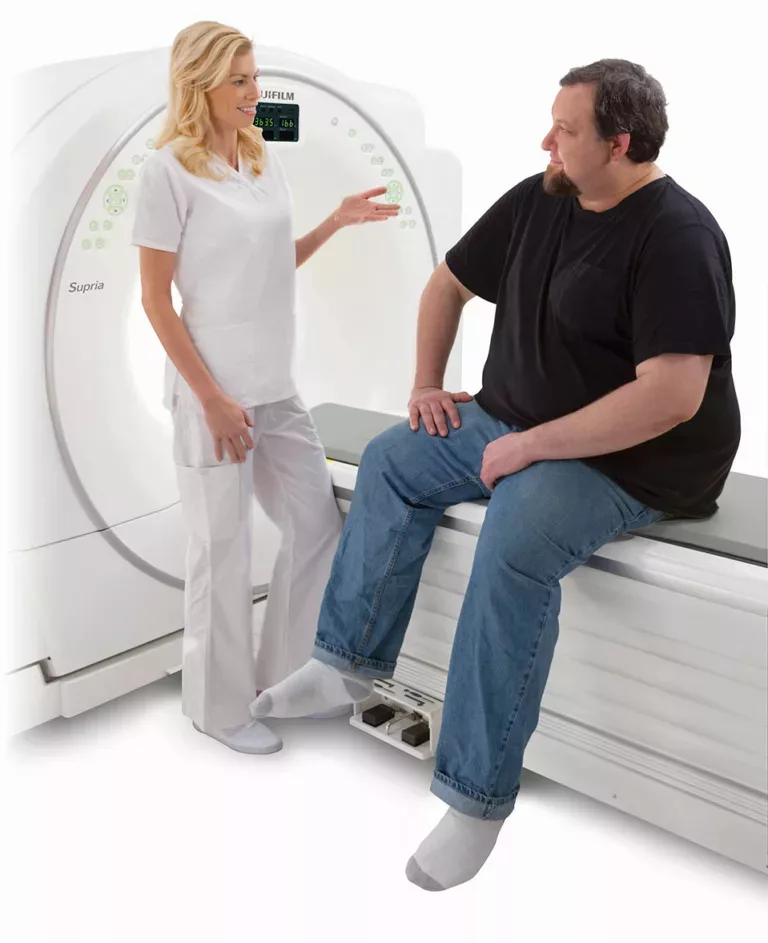
Medical imaging plays a crucial role in the diagnosis and treatment of diseases. The CT scan is among the most common diagnostic tools used in hospitals and clinics worldwide. Computed tomography, or CT, is a non-invasive imaging method that uses advanced technology to provide detailed, three-dimensional images of the inside of the body. CT scans have become a cornerstone of modern medicine, allowing physicians to diagnose and treat various health conditions. If you’re curious about this essential imaging tool, read on – we’ll break down the basics of CT scans and explain how they work.
How Does a CT Scan Work?
CT scans use a combination of X-rays and computer technology to produce detailed images of the body’s internal structures. During a CT scan, the patient lies on a table that moves through a circular opening in the machine. The X-ray source rotates around the patient, emitting small amounts of radiation from different angles. As the X-rays pass through the body, they are absorbed by different tissues at varying degrees, producing an image that is then reconstructed by the computer into a cross-sectional view of the body.
Types of CT Scans
Several types of CT scans are available, each designed to examine specific parts of the body. Some common types of CT scans include the head and neck scan, chest scan, abdomen and pelvis scan, and the extremities scan. Depending on the type of CT scan being performed, the patient may be asked to drink a contrast solution or receive an injection of contrast dye before the scan. This helps highlight specific areas or abnormalities within the body.
Benefits of CT Scans
CT scans are an essential medical tool because of their accuracy and clarity. They can provide detailed images of the inside of the body, which can help diagnose various medical conditions, including cancer, heart disease, stroke, trauma, and inflammation. CT scans can also be used to monitor the progression of certain diseases and guide treatment. In some cases, they can even help prevent surgical procedures by helping physicians get a clear picture of the affected area before making any incisions.
CT Scans vs. Other Imaging Techniques
Compared to other imaging techniques like X-rays, CT scans offer a more detailed and accurate view of the inside of the body. X-rays produce two-dimensional images of the body, making it difficult for physicians to distinguish between tissue or structures. CT scans can have clear pictures of soft tissues and bones, making them a versatile diagnostic tool.
CT scans are a critical tool in modern medicine, offering physicians and healthcare professionals detailed insights into the body’s internal structures to diagnose and treat a range of medical conditions. By understanding the basics of CT scans and how they work, patients can feel more informed and empowered to take control of their health. With advances in technology and medicine, CT scans play a vital role in healthcare, improving patient outcomes and saving lives.
Call MH Imaging to schedule an appointment if you need a CT scan.





